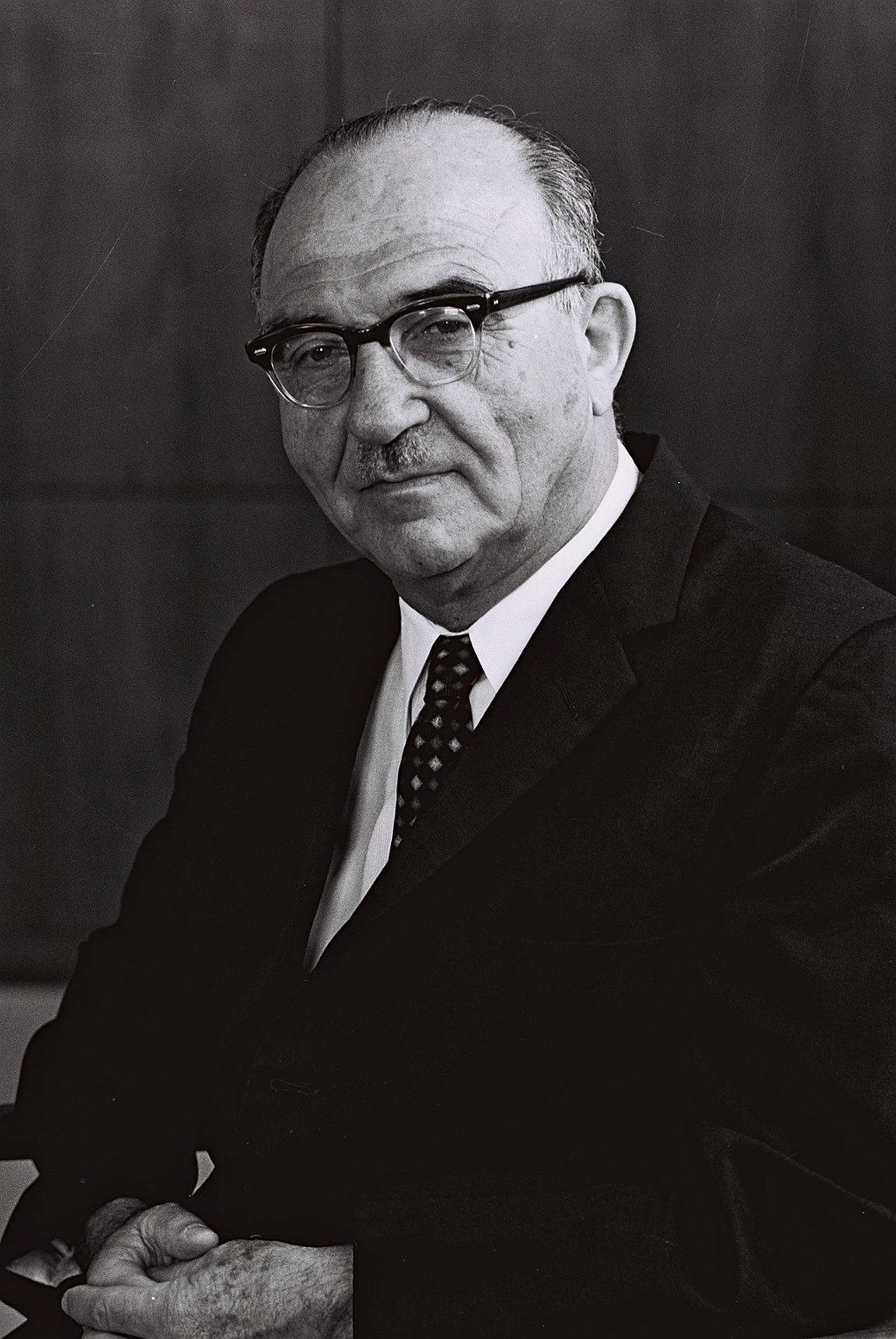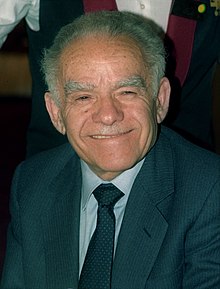Introduction
Nahum Gutman was a multifaceted Israeli artist known for his paintings, illustrations, and writings that chronicled the early days of Tel Aviv and the Land of Israel. Born in 1898 in the Russian Empire, Gutman moved to Ottoman Palestine with his family as a child. His works capture the pioneering spirit of the young city of Tel Aviv, blending vibrant colors with a sense of nostalgia for the early days of Zionist settlement.
Early Life and Education
Nahum Gutman was born in the town of Telenești, in present-day Moldova, and immigrated to Ottoman Palestine in 1905. He grew up in Tel Aviv, which was then a new and developing community. Gutman studied at the Bezalel School of Arts and Crafts in Jerusalem, where he honed his skills in painting and sculpture. He was also influenced by his travels to Europe, where he was exposed to various artistic movements, including Impressionism and Fauvism.
Artistic Style and Themes
Gutman’s art is characterized by its vivid, expressive colors and its focus on the landscapes, people, and culture of Israel. He painted scenes of the burgeoning city of Tel Aviv, capturing its streets, markets, and the energy of its people. His work often depicted the harmonious coexistence of different communities, including Jews, Arabs, and Christians, reflecting his optimistic view of the future of the region.
In addition to his paintings, Gutman was a prolific illustrator, known for his work in children’s literature. His illustrations are filled with playful imagery, drawing inspiration from the landscapes and folklore of Israel. Books such as ‘Path of Orange Peels’ and ‘In the Land of Lobengulu, King of Zulu’ have become classics in Israeli children’s literature, beloved by generations of readers.
Contribution to Israeli Culture
Gutman’s work provides a visual record of the early days of Tel Aviv, capturing its growth from a small settlement to a vibrant urban center. His paintings are filled with a sense of wonder and nostalgia, celebrating the pioneering spirit of the early settlers and the beauty of the landscape. Gutman’s art is notable for its warmth and humanity, offering a hopeful vision of a multicultural society.
He also played an important role in shaping the visual culture of modern Israel through his illustrations, which introduced generations of Israeli children to the country’s history and mythology. His ability to convey complex emotions with simple, evocative imagery made his work accessible and beloved by people of all ages.
Awards and Recognition
Nahum Gutman received numerous awards for his contributions to Israeli art and culture, including the Israel Prize for Children’s Literature in 1978. His works are housed in major museums across Israel, and the Nahum Gutman Museum of Art in Tel Aviv is dedicated to preserving his legacy and showcasing his extensive body of work.
Legacy and Influence
Nahum Gutman’s legacy is deeply intertwined with the history of Tel Aviv and the cultural development of Israel. His ability to capture the spirit of his time through both visual art and literature has left a lasting impact on Israeli culture. Gutman’s works continue to be celebrated for their vivid portrayal of the early days of Tel Aviv, and his influence as both an artist and a storyteller remains strong in Israeli society.



